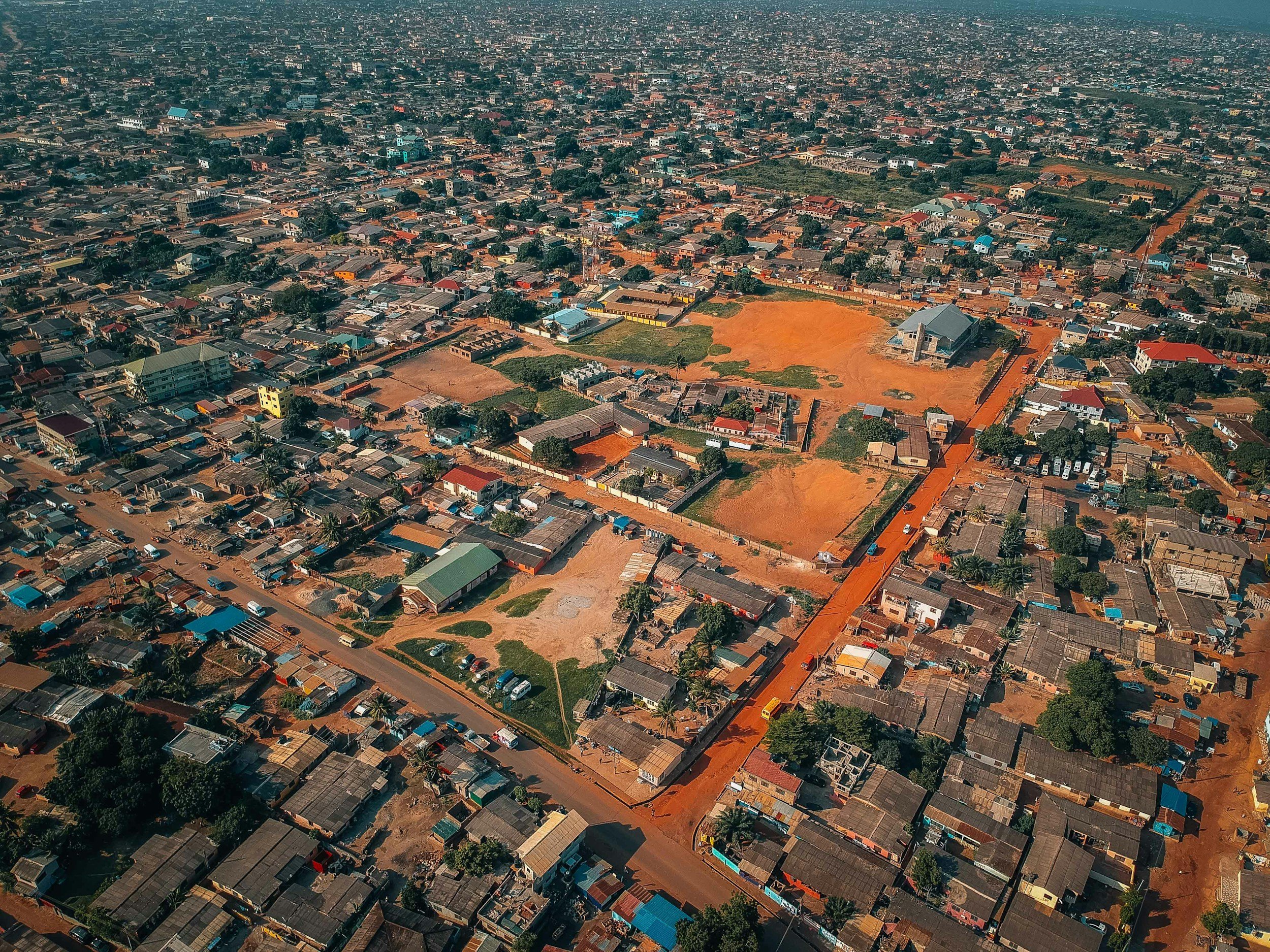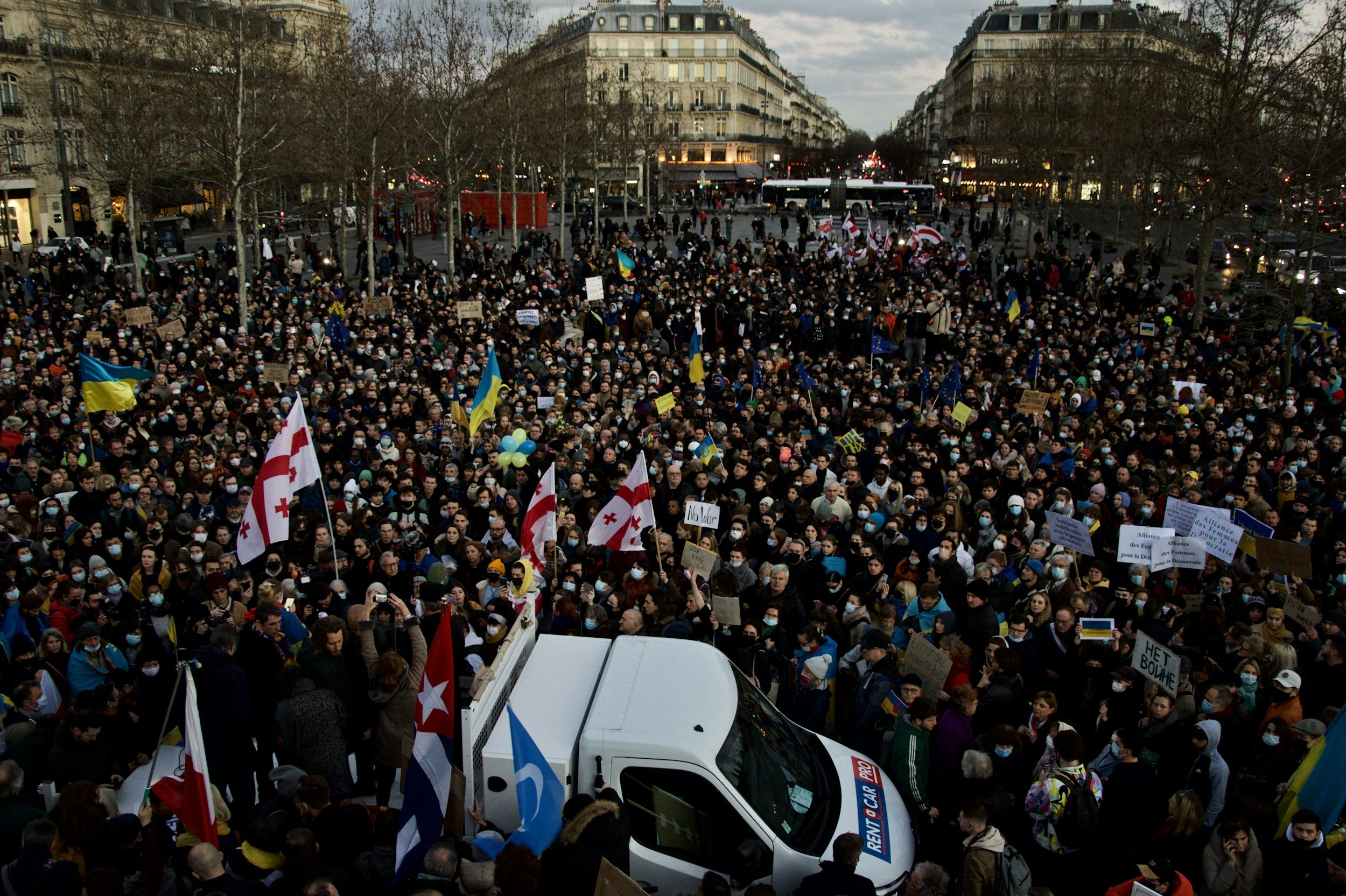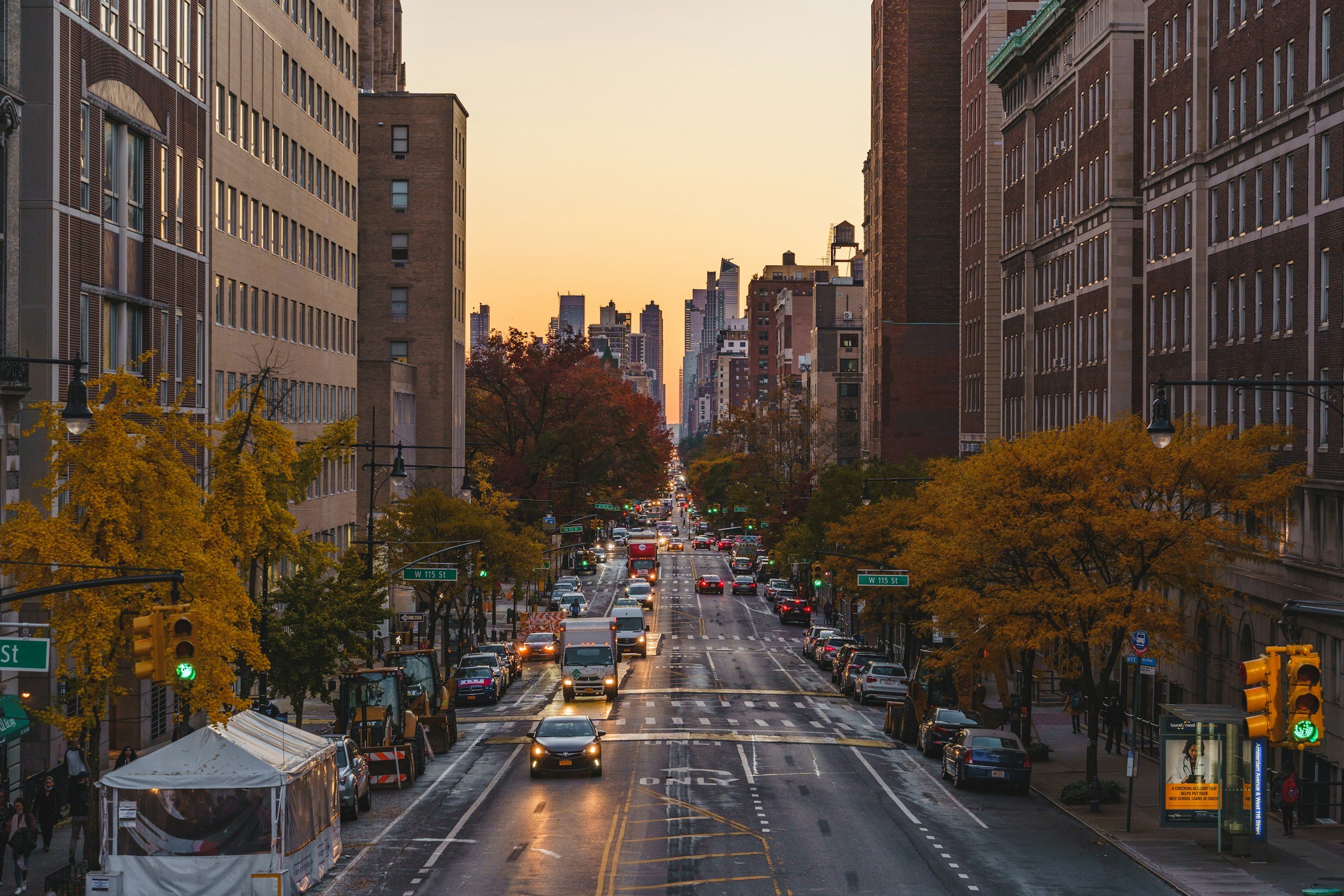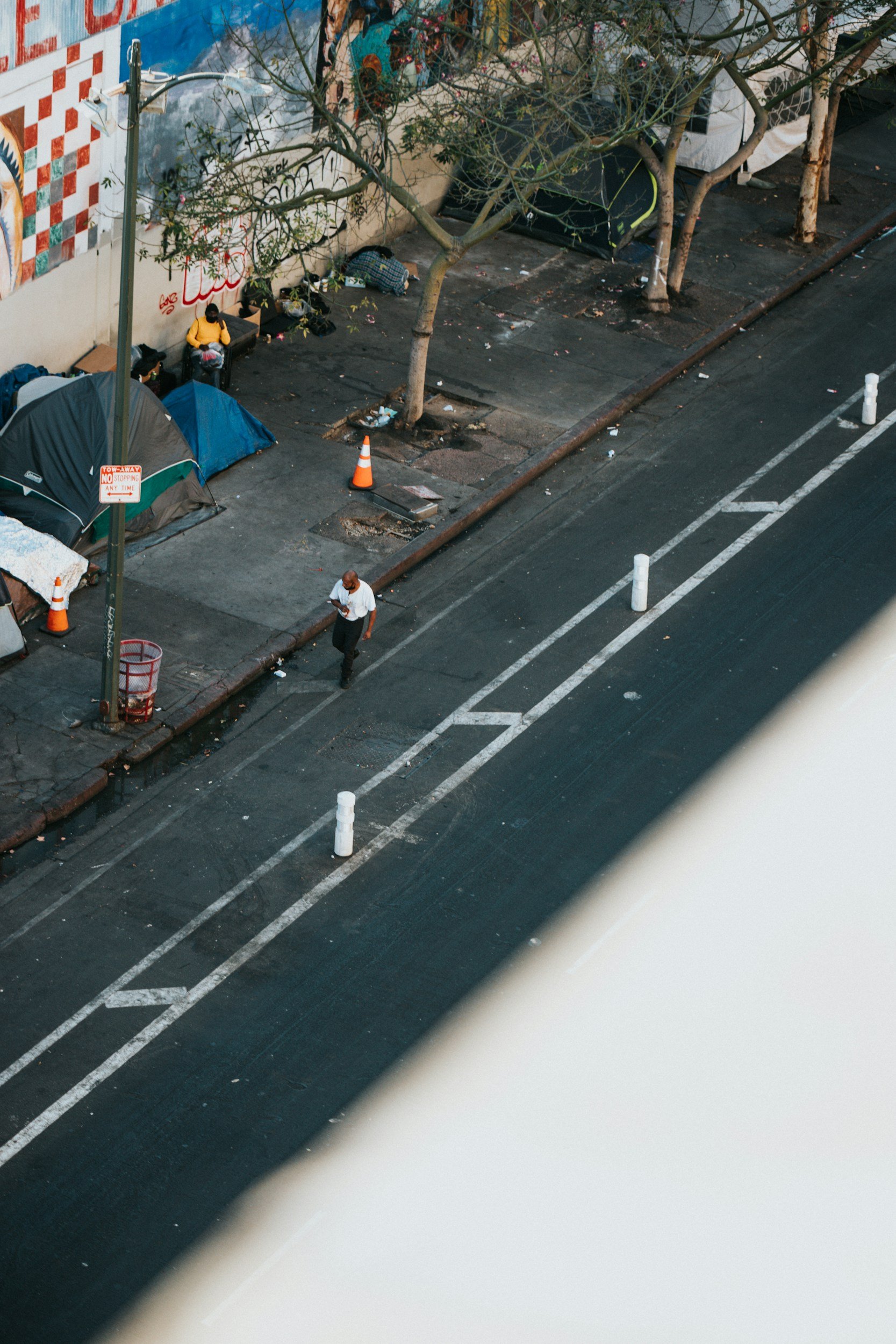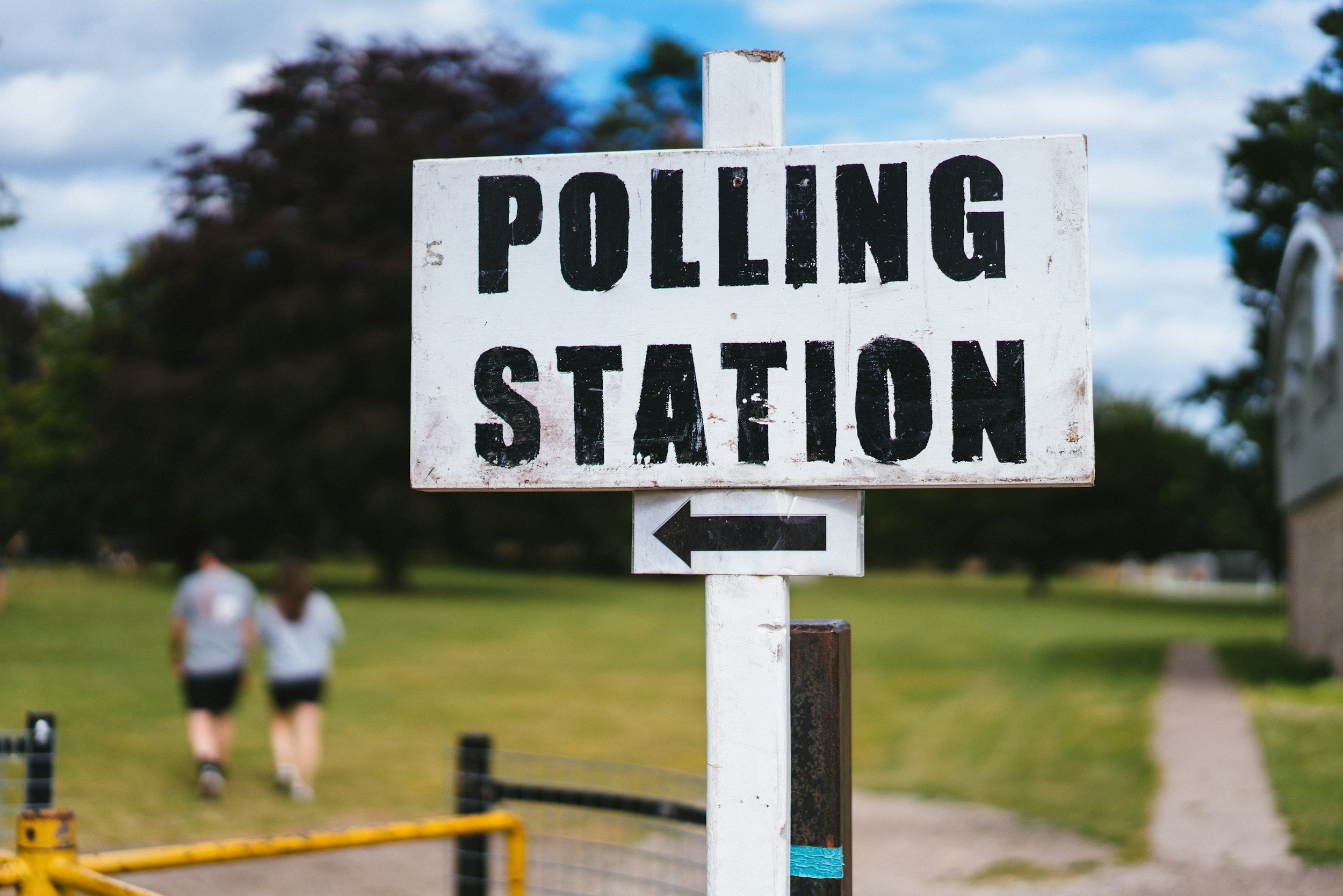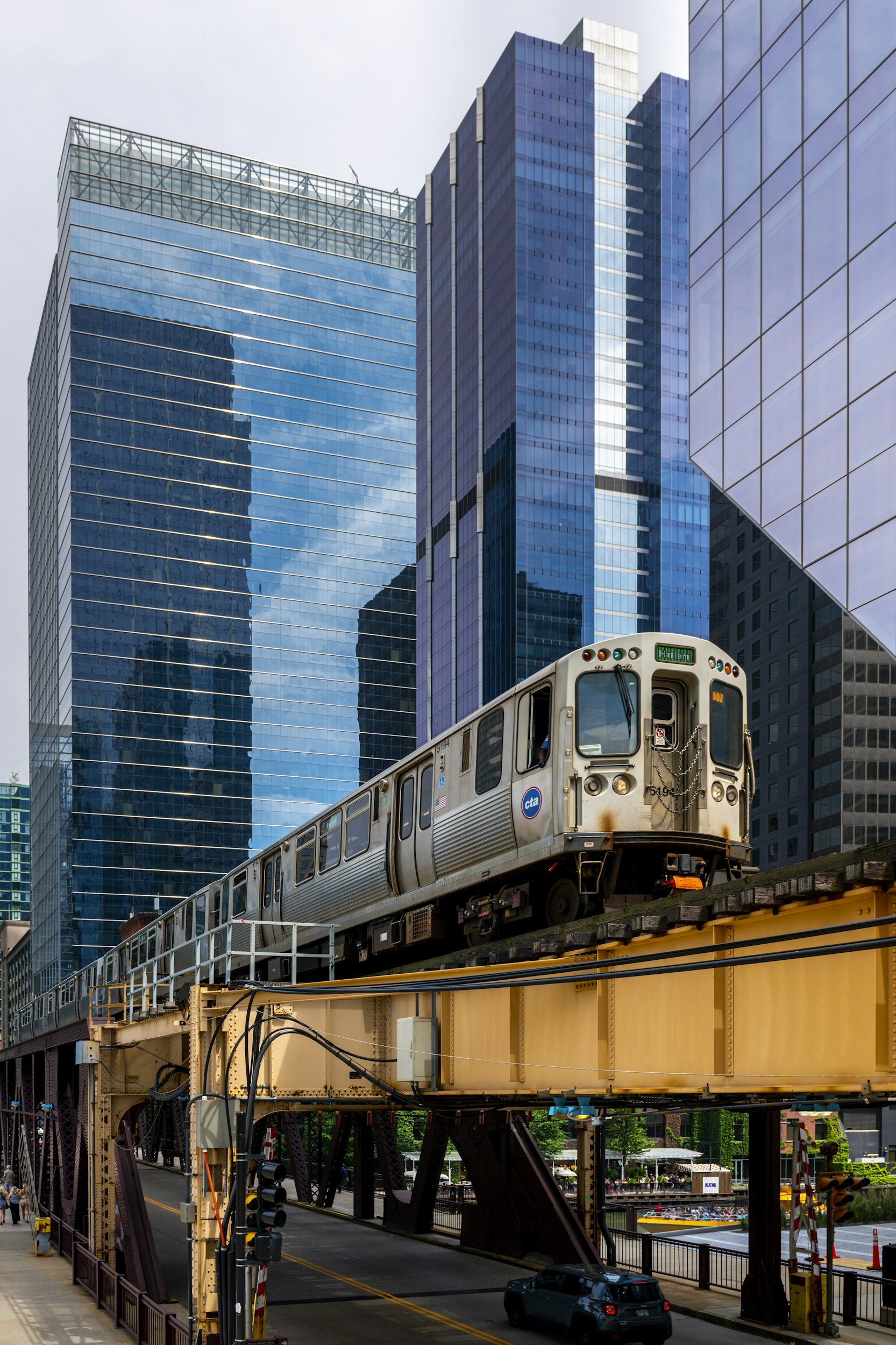The Urban Affairs Review blog welcomes public-facing contributions from academics, practitioners, and students working at the intersection of urbanism and politics. Contributions should be between 750-1,500 words.
Please pitch us to feature your work here!
ESSAYS
Aggressive policing has hidden costs. This study provides some of the first empirical evidence that intensified policing can lead to gentrification. Our findings challenge conventional wisdom about the causes of neighborhood change and offer a crucial lens to understand how law enforcement policies shape the places we live—sometimes subtly, sometimes dramatically.
As cities confront issues of inequality, racial justice, and housing displacement, studies like this reveal why rethinking public safety is not just about crime—it's about who has the right to belong in a neighborhood.
In this two-part miniseries, UAR Remixed speaks with several authors from the journal’s recent symposium, “The Intrinsic Relationship between Local Politics and Public Health.” We speak with the authors about their research, which covers a wide breadth of topics and ideas at the intersection of public health and politics in local contexts. In Part 1, we meet the authors and learn more about the big questions and pressing issues that prompted them to do this research. In Part 2, we’ll be thinking about the inherently political nature of public health policy, and how our present political climate is affecting public health research and institutions at the local level.
Cities are well positioned to test policies designed to address climate change that could be implemented more expansively at higher levels. And many city officials are enthusiastic about leveraging local governmental powers to reduce greenhouse gases and prepare their cities for climate impacts. Cities like Washington, DC, for example, have implemented innovative decarbonization policies such as building performance standards designed to ramp down emissions from large buildings; others, like Boston, have created municipal heat resilience plans that seek to adapt local infrastructure and services for increased temperatures.
In many cities around the world, there’s a growing concern: people aren’t participating in decisions that affect their everyday lives. Whether it's fixing a local park, building new roads, or improving public services, citizens are often missing from the conversation. Our recent study looked at four Croatian cities (Zagreb, Split, Rijeka and Osijek) to understand why this is happening. The findings were striking but not surprising: most people feel left out, unheard, and unsure of how to get involved.
Scholars and practitioners argue that local governments should capture rising land values to fund services and infrastructure, especially when the value results from public and collective action. Yet land value capture mechanisms are technically and politically challenging to implement. In this paper, we examine the four most prevalent land value capture mechanisms: (i) property and land taxes, (ii) real estate transfer taxes, (iii) betterment levies, and (iv) development charges. We propose a conceptual framework with seven design features to describe and compare the mechanisms, both across mechanisms within the same city and for a single mechanism across different contexts. Our analysis shows the superiority of property taxes as a tool for land value capture, and how contemporary scholarship advocating for development charges fails to recognize their drawbacks.
Politicians love to talk about crime in their election campaigns. The conventional wisdom is that tough-on-crime solutions will bring out the vote. Chicago’s recent mayoral elections showed this perfectly, when several candidates promised to reduce crime through increased policing. Yet researchers disagree about how crime and policing are connected to voter turnout. We analyze data from Chicago’s last two mayoral elections to clarify.
In urban governance, collaboration between municipalities is a common strategy to produce and provide services. However, the motivations behind such collaborations can vary significantly between city and suburban municipalities. Our recent study explores these differing motivations and explains why larger municipalities engage in intermunicipal cooperation (IMC) despite having the resources to operate independently.
Commercial gentrification, or upscaling of businesses in an area, has displaced long-standing and working-class residents and businesses in communities across the U.S. In communities of color, the drivers of commercial gentrification have become associated with wealthier, white, and new business owners with no prior connection to the areas they are gentrifying. The commercial gentrification of communities of color threatens to disrupt the local cultural fabric and residents’ ability to connect to their heritage through products sold and services offered in their native language. In our paper, we offer an alternative perspective on the drivers of commercial gentrification by looking at Latinx business owners participating in a new form of redevelopment coined gentefication.
The relationship between gentrification and policing is not new. Prior research has demonstrated increased policing in gentrifying neighborhoods, at times, driven by citizen demand. But data constraints have limited the ability to determine the source and characteristics of citizen calls to the police. Moreover, there are many important debates around what explains this increased demand. Conventional wisdom argues that increased demand by gentrifiers is simply a response to their exposure to greater crime when moving into previously disinvested spaces. However, substantial qualitative evidence finds that this demand is often a response by gentrifiers’ to perceived disorder in their new neighborhoods, and in particular, privileged whites’ response to more ethno-racial diversity within neighborhoods. My article evaluates these explanations and more broadly, the nature of demand for policing in gentrifying contexts in order to understand how privileged citizens wield power in gentrifying areas and how this shapes their interactions with local government.
Every three months, the Mexican National Statistics Institute (INEGI) publishes information on public safety perceptions for Mexico’s 96 most populated cities. About three years ago, in July 2022, right after INEGI published this data, the former Mexico City head of government and now president Claudia Sheinbaum, turned to Twitter to share some great news. She tweeted that perceptions of public safety continued to improve in the city thanks to her public safety and policing strategies. Several hours later, borough mayor Santiago Taboada made a similar claim (for context, Mexico City is divided into sixteen boroughs, each with its elected borough mayor). Taboada tweeted that residents of his borough ranked it as one of the safest in the country thanks to his policing model, which he called Blindar BJ or Protect Benito Juarez. For those familiar with Mexico City, Taboada’s tweet does not really make sense and is somewhat puzzling, given that security in the city is provided by the Mexico City police, an entity that was then accountable to Sheinbaum.
The re-election of Donald Trump worries many people about the condition of democracy in the US. How much pressure from executive power can the country withstand? Yet with America’s rightward turn, authoritarianism is less an exception than a rule in the Global North. In Austria, the Freedom Party won the elections in 2024. The Netherlands had a similar outcome in 2023, with Geert Wilders’ success, and Italy has been governed by Brothers of Italy since 2022. The rightward turn in the West was initially taken in eastern Europe in the 2010s, where the Right rose to power in Hungary, Poland, recently joined by Slovakia.
Informal settlements are urban communities where most people build homes and live without formal approval from government authorities. Residents in these communities often lack access to basic infrastructure and services such as clean water, proper sanitation and electricity. At the same time, they face a constant struggle for inclusion in urban governance and decision-making processes. To address some of these challenges, governments, policymakers and urban planners promote participatory mechanisms – community meetings, local councils, and consultations – as tools to ensure that marginalized communities have a say in shaping their neighborhoods. But do these mechanisms genuinely lead to meaningful inclusion, or are they just tokenistic gestures? This question inspired us to conduct a study in Nima and Old Fadama, Accra’s largest informal settlements.
Over the past decade, neo-progressive candidates have been elected to lead several major cities across Europe and the United States: the mayors of change in Spain (2015-2019), the Green mayors in France (2020), as well as leaders in Athens, Berlin, Naples, Preston, and Zagreb. These politicians share a common agenda: rejecting urban austerity policies, promoting more democratic governance, ensuring fair access to public services, fighting against social inequalities and advancing ecological resilience. This shift is particularly significant, as urban governance had been dominated by the neoliberal paradigm since the 1980s, emphasizing economic competitiveness, territorial attractiveness, and budgetary discipline.
Kenosha County, Wisconsin held the state's only contested race for District Attorney last year. The community's recent history of protest and violence resurfaced in the campaign as the Republican candidate had once represented a bail fund for Kyle Rittenhouse, a white teenager who shot and killed two local protesters. In the end, Republican Xavier Solis secured a narrow victory (51% - 49%) over Democrat Carli McNeil. However, this overall result obscures deep divisions within Kenosha County. Solis won just 43% in the city of Kenosha—the largest, most diverse city in the county and the site of the recent protests—he averaged 63% of the vote in the much smaller, whiter, and more rural communities in the rest of the county.
Who are city councilmembers? One image might resemble a national politician — someone with strong partisan attachments, perhaps a lawyer by trade, who runs for office with ambitious policy goals. Alternatively, we might picture a local community member — someone well-known in their neighborhood, running for the part-time role not as a steppingstone to higher office, but to serve their community. Perhaps council is simply a natural next step in their career path. They might be elected because Republicans and Democrats alike trust their understanding of local issues and their commitment to schools and public safety.
Over the last 25 years, community benefits agreements (CBAs) have become a means for residents of low-income communities to demand a greater share of the benefits of urban development projects. CBAs are bargaining agreements that are signed by a developer that commit to delivering a range of material benefits to affected residents in exchange for community support for the proposed project. Much scholarly and broader public attention has been focused on how unequal developer-resident negotiating conditions undermine their responsiveness to community concerns. Rather than focusing on the fairness of the negotiation process, this paper focuses on how effectively CBAs are implemented throughout the duration of the agreement.
With the coming of a second Trump administration, local action on climate change will be vital for making progress towards both mitigation and adaptation goals. One under-appreciated potential engine for this progress are mid-sized U.S. cities, which fall between the large cities (New York, LA), whose climate plans dominate the news and the small rural communities that are the focus of much of existing research on the green transition. Over the last two years, I’ve focused on the factors that shape climate policy outcomes in mid-sized cities and what they can teach us about local climate policy more broadly.
We have discovered the potential for citizens to reclaim public spaces lost to private interests. Privately owned public spaces (POPS) are intended for public use but are owned and maintained by private building owners. In exchange for providing POPS, developers receive floor area bonuses and other regulatory benefits. However, many property owners and managers illegally hinder public access to POPS through hostile architecture, restrict amenities, misuse them for parking or waste disposal, and even profit by illegally operating restaurants or cafeterias. These issues are common in cities like Seoul and New York City.
In 2015 the state of California ended more than 150 years of off-cycle local elections with the passage of SB 415, the California Voter Participation Rights Act (Anzia 2012; SB415). Aiming to increase turnout in local elections, the bill forced all California jurisdictions (like cities and school districts) to begin holding elections concurrently with statewide elections. SB 415 allows local governments to align their elections with either general or primary elections in even numbered years, resulting in variation across cities in the kind of concurrent election that they hold. This state level change in election law offers a unique opportunity to measure the effect of forced changes to election timing on voter turnout and voter priorities.
This research aims to examine how congregations form development partnerships and what successful planning strategies they utilize to gain city approval and accomplish affordable housing construction. Secondly, this research compares faith-based development planning activities to urban planning standards for project design and social integration. Thirdly, this article explores whether congregation members social networks were utilized to obtain support for the affordable housing project. I adapted survey items measuring forms of social capital mediated by organizations for civic engagement and political participation.
Integration, arguably one of the primary goals of the Civil Rights Movement, has become a topic of renewed interest among scholars as a means of promoting racial, ethnic, and socioeconomic equity in the United States. Dr. Elizabeth Anderson in particular argues that integration “consists in comprehensive intergroup association on terms of equality.” Conceptions of integration like this represent a more expansive understanding of integration than how most researchers measure it and likely how most of us understand it.
Housing choice vouchers — formerly known as "Section 8" — are the primary way that the federal government provides rental assistance to low-income Americans. Vouchers work through a three-way contract: low-income tenants pay a fixed portion of their income to a private landlord, and a local Public Housing Authority (PHA) pays the difference between what the tenant can pay and the fair market rent. An administrative challenge of this program is that some landlords may not want to participate, whether because of the red tape that comes with contracting with a PHA or because of stereotypes that voucher-holders are bad tenants. There is no federal prohibition against landlords simply refusing to rent to any tenant who wishes to pay their rent using a housing choice voucher.
At the onset of the COVID-19 pandemic, the situation of people experiencing homelessness and what communities could do to protect this vulnerable subpopulation emerged as an area of particular concern. People experiencing homelessness are both less likely to be able to self-isolate or quarantine and more likely to suffer a severe case of COVID-19 due to underlying health conditions. In addition, local mitigation efforts in response to the pandemic may have negative, unintended consequences for the population experiencing homelessness.
Judging by rates of turnout and contestation in mayoral races across the roughly 2,500 municipalities examined in this study, it seems safe to conclude that there is room for improvement when it comes to the health of local elections in the United States. While turnout varies considerably, across the more than 10,000 mayoral races we investigated, it averaged only 43 percent, and almost half of all races (48%) were unopposed. Though these statistics seem rather pessimistic, our study confirms prior research, which finds that the most powerful predictor of turnout in mayoral elections is when the election is held . We find that irrespective of size or location, municipalities with off-cycle elections have turnout rates about 25 percentage-points lower than municipalities whose mayoral elections are concurrent with presidential elections. The good news then, is that a very promising means by which to significantly increase turnout in local elections is not only quite simple, but also clearly within the province of policymakers: changing the election date.
Commercial places are important amenities for any community. Communities and their residents need access to commercial places that provide core goods and services (e.g., retail stores, banks, grocery stores, restaurants). These place types, however, are often associated with higher levels of crime, though there is within-place type variability. In “Do Investment and Code Enforcement Mitigate the Criminogenic Effects of Commercial Places on City Streets?” we examine whether investment and code enforcement actions moderate the criminogenic impact of commercial places.
Do voters know what their municipal councillors actually do on council? And if they do know what their councillors are up to, does this knowledge help them keep councillors accountable? Issue accountability – the extent to which elected representatives are rewarded or punished by voters for their legislative actions in office – is fundamental to how we often think about democratic representation, but this form of accountability requires that constituents are aware of their representatives’ actions in office. To what extent do voters have this kind of awareness?
Our research focuses on the role of social ties in the development of civic norms within urban communities. Previous political science research finds that socioeconomic resources and “strong” social connections to friends and family members increase political participation. However, most interactions in urban settings occur between “weak” social ties who include neighbors, colleagues, acquaintances, and even strangers. Despite their potential importance, little is known about the political consequences of informal social interactions with neighborhood-based ties in shared urban spaces. How do these casual interactions with weak social ties shape political participation?
What do we know about horizontal governance relations at the local level? In general, local experiences exhibit two contrasting trends. On the one hand, there is a certain degree of local pragmatism by local governments in developing such relations, as non-public and private actors are key partners in the implementation of integration programs and the delivery of local social services. On the other hand, refugee integration has transformed small localities into battlegrounds with conflicts between pro-migrant non-public actors and local governments.
This paper contributes to the debates on housing supply efforts and the “missing middle” argument by examining the relationships between the share of metropolitan housing units in three types of compact transit-rich built environments and TOD housing rent. The census block groups of twenty-six U.S. metropolitan areas with intra-urban light, heavy, or commuter rail service were classified into six categories based on proximity to rail, housing density, and walkability: three rail-proximate built-environment types (high, moderate, and low density and walkability) and their three non-rail equivalents. Additionally, the studied metropolitan areas were grouped into three clusters based on housing and transit characteristics.
In our empirical study on “Radicalizing Spaces,” we examine whether disadvantaged neighborhood effects – operationalized in our case as susceptibility to radicalization – can be mitigated or even prevented by LSSOs. We focus our analysis on susceptibility to Islamist ideologies. The study was conducted in three German cities: Dortmund, Bonn, and Berlin. The survey was designed so that conclusions could be drawn about almost every district in each city. The topics of the survey focused on susceptibility to radicalization, participation in LSO services, and in-dividual attitudes and behaviors.











